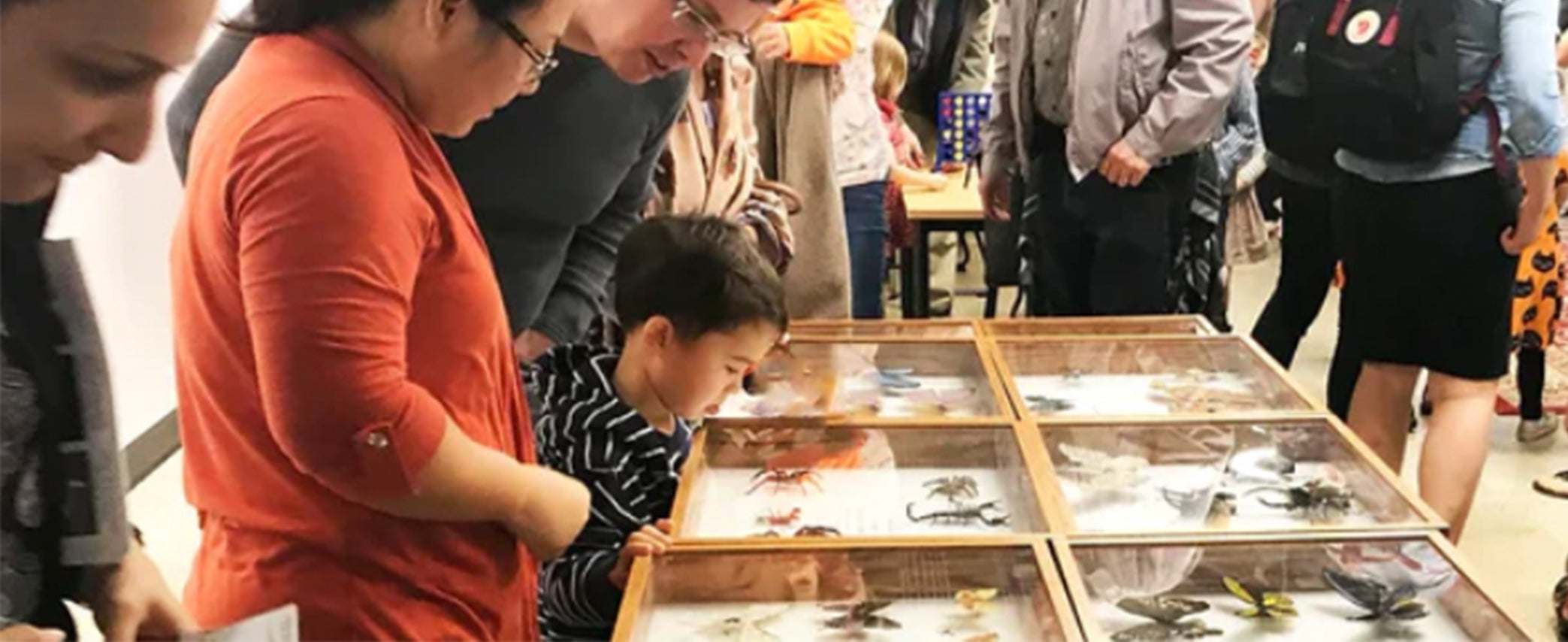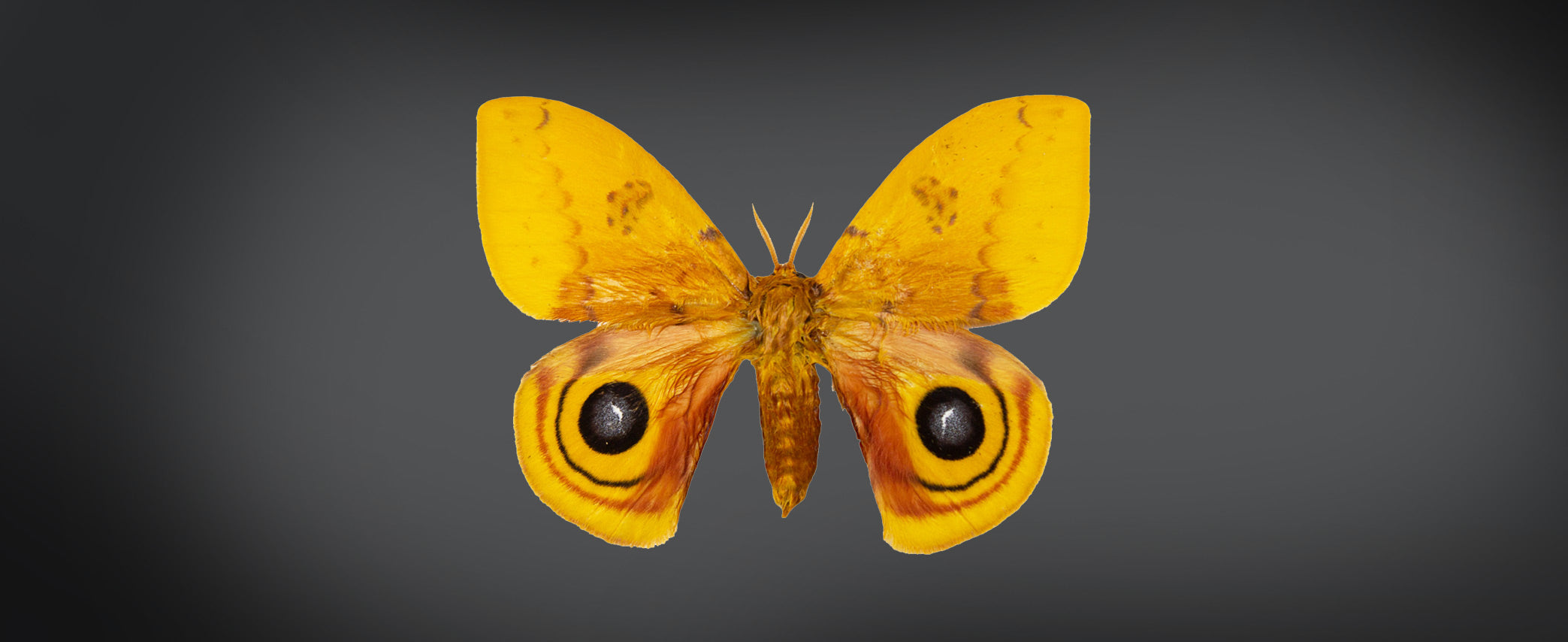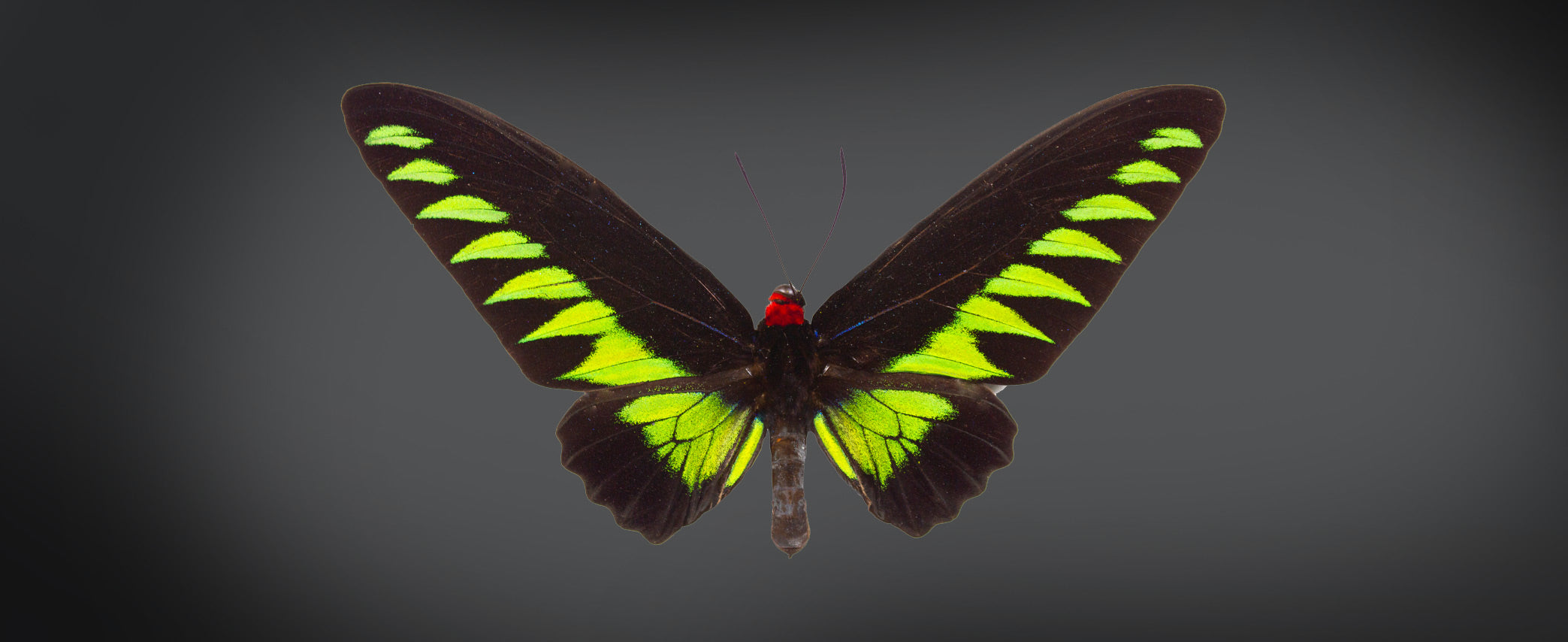Preserved butterflies and the practice of collecting and working with dried insects to produce artwork, displays, and collections has been around a very long time. In many cases it is a young person’s first exposure to an insect up close and personal, encountered at a grandparents house, curiosity store, or museum, where they can have a chance to really appreciate the beauty of nature and become inspired by it’s form and stunning colors; outside of living examples. So too is the industry and network of people that supply these butterflies and insects to the commercial market. The preserved insect market is an important one, that is capable of bringing new and important scientific information to the biology community, providing economic support to local developing communities around the world, and monetary incentive to protect old forest growth where collecting happens. In partnership with companies that supply the live butterfly houses of the world, the dried insect trade can also help eliminate waste by buying up surplus stock. And as one considers their view point on this industry, it is important to also consider that it is growing in size and popularity, not on the decline worldwide.
The popularity of working and collecting preserved insects is an old one, dating back hundreds of years, but perhaps saw some of its most popular moments in the 17th and 18th centuries with the rise of the Cabinet d’curiousite, a movement that started in Europe and celebrated all of unusual and incredible things from around the world. But even closer to home, many people have a story of a Grandpa, relative, or friend who had a butterfly or insect collection, and that was their first exposure to an incredible birdwing, or blue morpho butterfly. It has also been for example a common practice for most 7~8th grade biology courses around the country to require students to learn how to build and insect collection. They usually have to collect and identify 8+ different family groups represented in this collection, we receive dozens/hundreds of inquiries for this every fall from young biology students or their concerned parents from around the country.
I was sitting down having lunch with Dr. Keith Willmott who is a renowned lepidopterist at the Florida Museum of Natural History last year in Ecuador at the ICBES conference, and he told me about how important he has found the preserved insect industry to biology and his work. In addition to farms, breeding, and butterfly ranching operations around the world, most preserved insect suppliers also work with a few collecting groups, who go out in search of extremely rare butterflies for collectors. The network of butterfly collectors is wide and diverse, comprised of small middle men who help get the word out about what collectors are looking for, and the villagers who look for these specimens in the forests of the world. These collectors typically work under permits from their local governments. In search of these different rarities, often new butterfly species are captured that have not been studied or even named yet! Keith shared a few stories about meeting with collectors coming out of forest areas, who were happy to share what they’d found with him. The same goes for the merchants further up the chain who purchase these specimens, I am always happy to share inventory to scientist who are in need of research material at little or no cost. For instance, lepidopterist looking for rare heliconious hybrids that were collected in different mountain regions, biologist looking for old or rare morpho butterflies, all of which were acquired as a result of the dried insect trade. Keith explained that while the live exhibition industry is great and supports conversation efforts around the world, there is somewhat less scientific value in farms that continue to raise only 7~8 species for export in perpetuity. Rare and unusual specimens that can advance our scientific knowledge are regularly found by people involved the preserved bug trade, and they are almost always happy to share them.
It has also been our experience over the past year that we have been able to help support the work of live pupae suppliers by purchasing some of the unused or surplus stock they have each year and importing them as preserved specimens. This accounts for a small/minority amount of their total production in the low-hundreds of total numbers, but does provide some financial support to them when times are slow during the year. Many butterfly houses around the world are seasonal and only open during the spring or summer seasons and closed during the winter months. However the businesses that supply them in South & Central America are in operation year around, and need be able to provide for and take care of their staff and families that support their business; the preserved insect trade can help do exactly this by purchasing the surplus stock from these suppliers so it is not wasted, and instead helps support these families during a vulnerable time of year. These insects are then in turn sold and used in many gift shops (including those of live butterfly houses) to support their work and missions.
I would suggest that this partnership of pupae farms and the preserved insect trade be considered for what it is, an important industry that can work in tandem with live butterfly houses suppliers to help eliminate waste, support the work of conservation and science, and introduce or inspire younger generations to incredible insects and wonder of the natural world and the support it’s proliferation.



